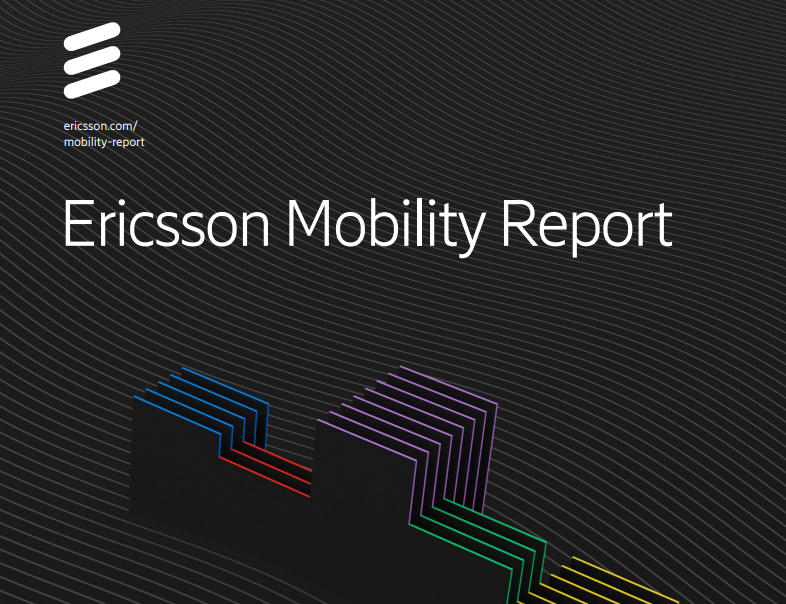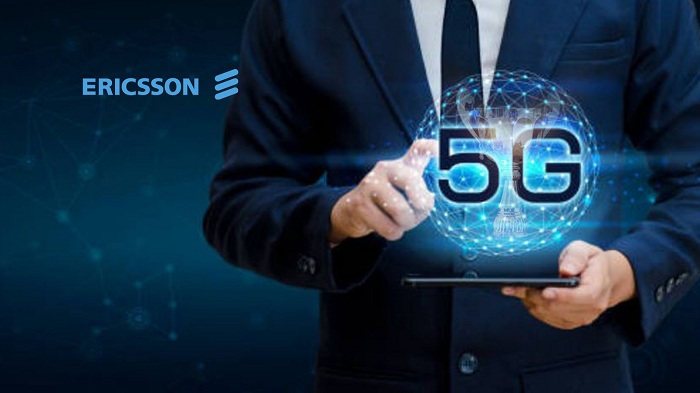As time goes on, we continue to feel a change in the use of the Internet where the world in general is eyeing the use of 5G Internet which is expected to change a lot in human life.
TOP AFRICA NEWS interviewed Jacques Kabandana, CEO of Ericsson Rwanda, explaining some of what we would expect as a result of the 5G network.
We have been hearing about 5G usage around the world for some time now, but in Rwanda we are not hearing about 5G usage. Is 5G already used in Rwanda? Can you explain to us about 5G usage in the context of Rwanda and Africa as well?
We believe that Information and Communications Technology (ICT) is the catalyst for digital transformation, with mobile networks being the crucial ingredient in increasing Africa’s economic competitiveness in the global arena.
Digital transformation is taking place in almost every industry, disrupting and creating new business models. 5G is an enabler of this transformation. As highlighted in the November 2020 edition of the Ericsson Mobility Report, distinct volumes of 5G subscriptions are expected from 2022, reaching 5 percent in 2026.
While there are parts of the continent on the cusp of 5G rollout, there remains other parts where 3G and 4G are still in infancy. The development of LTE and 5G digital infrastructure is an integral part of Africa’s growing economy and has proved to be an essential driver of an inclusive information society that integrates digitization in all critical aspects of life, such as education, transport, health, energy and even homeland security.
In Africa, we have already implemented an expanded platform to deliver more efficient network performance and improved network capabilities. This is enabling service providers to capture opportunities from digitization of industries and from emerging use cases while addressing the explosive traffic growth expected in 5G evolution.
- We are talking about 5G but there are also those who say that 4G has not helped them properly so it is possible that even 5G may not get customers due to the fact that even 4G has disappointed them. What do you say about that?
As digital infrastructure and transaction become increasingly impactful to the development of the African societies and economies, affordable broadband access will need to be extended to over a billion individuals to bridge the “digital divide” and enable them to reap the benefits of the digital economy.
Mobile broadband subscriptions in Sub-Saharan Africa (SSA) are predicted to increase according to Ericsson Mobility Report, reaching 76 percent of mobile subscriptions. Driving factors behind the growth of mobile broadband subscriptions include a young, growing population with increasing digital skills and more affordable smartphones.
Mobile broadband connectivity not only offers great potential to transform cities and industries, but it enables connectivity as a basic human right; fostering inclusion and making a positive, sustainable economic impact.
- A recent report by Ericsson shows that the number of Mobile data consumers will increase significantly. What opportunities do we have based on the increase in the number of Mobile phone users?
The November 2020 edition of the Ericsson Mobility Report reveals that mobile data traffic in Sub-Saharan Africa is estimated to grow by almost 6.5 times the current figures, with total traffic increasing from 0.87EB per month in 2020 to 5.6EB by 2026. Meanwhile, average traffic per smartphone is expected to reach 8.9GB over the forecast period.
As the demand for capacity and coverage of cellular networks continues to grow, service providers must invest in their networks to meet evolving consumer requirements. With our commitment to innovation and long history of engaging in Africa’s telecom industry, we at Ericsson are driven to deliver the next-generation technology solutions to Africa. These can enable sweeping changes to industrial production, allow seamless access to societal services and provide people with ways of living harmoniously with their environment.
- What do you think is the best way for a person to benefit from a 5G network?
Africa’s Digital agenda is a base for economic opportunities across all industry sectors, with the continent’s young population driving enormous opportunities in this digital era. Service providers in Africa are seizing the opportunity to evolve their role in the value chain and build powerful technological capabilities that can dramatically accelerate the digital transformation of companies across industries and geographies.
With networks of the future, the complexity of operating networks will go far beyond what any human can manage. To leverage the full benefits, investing in additional technologies such as cloud native, orchestration and automation is now business critical.
Farmers across the continent are realizing how important digital technology, robotics, image recognition, sensors, precision farming, big data and analytics are to ensuring the future profitability of their industry, addressing sustainability issues, and improving resilience in the face of climate change.
Introduction of AI cognitive algorithms will enable networks to perceive current conditions – making it easier to plan, decide and act on those conditions to achieve better outcomes. Using our 4G and 5G technology with low latency alongside with the AI and Automation, we can enable farmers to use drones and self-guided tractors powered by GPS navigation systems to monitor crops.
Robotics can also be utilized various agriculture applications – helping to improve the food production lifecycle, boost efficiency and minimize waste.
- What is the role of Ericsson in Rwanda in helping the public to enjoy the benefits of using the Internet?
Ericsson is well established in East Africa with offices in Rwanda, Uganda, Kenya and Tanzania. We operate in the Information and Communication System (ICT) sector together with our partners being the services providers such as MTN and Airtel. Our comprehensive portfolio ranges across Networks, Digital Services, Managed Services and Emerging Business.
In addition, Ericsson is committed to developing STEM leaders through digital transformation initiatives and events. We are fully aware of the challenges in Rwanda when it comes to capacity building in various sectors including STEM which is one of the objectives of the Rwanda National Employment Program (NEP) and we are working on addressing its key objectives. Since its establishment in 2009, Ericsson Rwanda has focused on recruiting and empowering local talents, we are proud to have more local than foreign resources in our workforce.
Developing strong local competence is a key pillar of the Ericsson strategy to realize industry 4.0. within an African context through Digital Transformation as we believe transformation is both driven by talent and technology. Africa’s digital agenda is best built by African talent as they leverage automation to build smarter networks, addressing head-on the complexity to expand digital inclusivity.
- What advice would you give to today’s youth based on experience in the use of modern communication, especially the Internet?
Connectivity is a critical enabler of social and economic change. Its dynamism constantly offers us new ways to overcome both global and regional development challenges. If leveraged for good, the introduction of 5G and expansion of LTE networks across Africa can accelerate this process exponentially.
While there are parts of the continent trialing 5G services, majority of countries remain focusing on 3G and 4G as smartphone affordability improves year on year. The development of advanced wireless digital infrastructure is an integral part of Africa’s growing economy. Mobile broadband access has proved to be an essential driver of an inclusive information society that integrates digitization in all critical aspects of life, such as education, transport, health, energy and even homeland security. Never has this been more evident than during the current COVID 19 pandemic.
Read the original story here:





